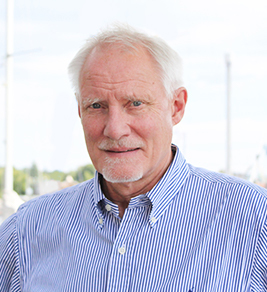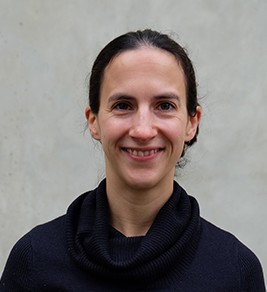This project seeks to deepen understanding of how the labour market integration of immigrants can be strengthened.
The project will investigate how the labour market integration of refugees and other migrant groups in the Nordic countries can be facilitated. The focus will be on drawing conclusions on appropriate policies. These could include education policy, labour market policy and wage policy. A key issue is how suitable policies may differ between groups such as, for example, males, females, young adults and older persons. The project will also examine the role of public and private providers of both education and labour market programmes as well as the impact of social benefits on labour market outcomes.
Background
The population in the Nordic region has increased by 16% since 1990. Positive net migration has been a major contributing factor. This is reflected in the share of foreign-born people living in the Nordic countries, which increased from 9% in 2006 to 13% in 2016. Migration to the Nordic region increased particularly strongly in the context of the refugee crisis in 2015. In 2016, migration accounted for 78% of the total population increase (Nordic Statistics 2017). On a per-capita basis, Denmark, Finland, Norway and Sweden have taken in more asylum seekers than most other European countries.
In the coming years, these refugees have to be integrated into the Nordic labour markets, once asylum is granted. This will be an extremely challenging process. All Nordic countries are characterised by significant employment gaps between natives and foreign born, with particularly large gaps existing in Denmark, Finland and Sweden. The gaps are the largest between natives and non-European immigrants and larger for females than for males. Non-European immigrants are also overrepresented in fixed-term and part-time employment (Arbetsmarknadsekonomiska rådet 2017). Refugees in particular are more dependent on welfare support and less likely to be employed than natives (Nordic Council of Ministers 2017). All this suggests that immigrants face high labour market barriers in the Nordic countries.
In recent years, an increasing number of studies have analysed various measures to promote employment among non-European immigrants in particular (for example, Andersson Joona, Lanninger and Sundström 2015, Arbetsmarknadsekonomiska rådet 2016, 2017, Bratsberg, Raaum and Roed 2017, Greve Harbo, Heleniak and Ström Hildestrand 2017, SNS Konjunkturråd 2017). Nonetheless, a systematic review of how different kinds of policies influence employment rates of refugees and other migrants in the Nordic countries is currently not available. This project will deepen our understanding of how the labour market integration of immigrants can be strengthened.
Publications
Researchers from the Nordic countries will critically evaluate and synthesise existing research on labour market integration policies and identify appropriate policies to increase employment among refugees and other migrant groups. The chapters will be published as a research report, followed by 8 policy briefs that will summarize each of the chapters and provide recommendations for policy makers.
Nordregio coordinates the project together with the Secretariat to the Nordic Council of Ministers. Professor Lars Calmfors serves as scientific project advisor.
Related Staff
Related Research Projects
Related Publications
- Integrating immigrants into the Nordic labour markets
- From Migrants to Workers: International migration trends in the Nordic countries
- The impact of migration on projected population trends in Denmark, Finland, Iceland, Norway and Sweden: 2015–2080
- Scenarios for 2015-2080: The impact of migration on population and ageing
- Nordregio News 3 2016: Migration and integration




